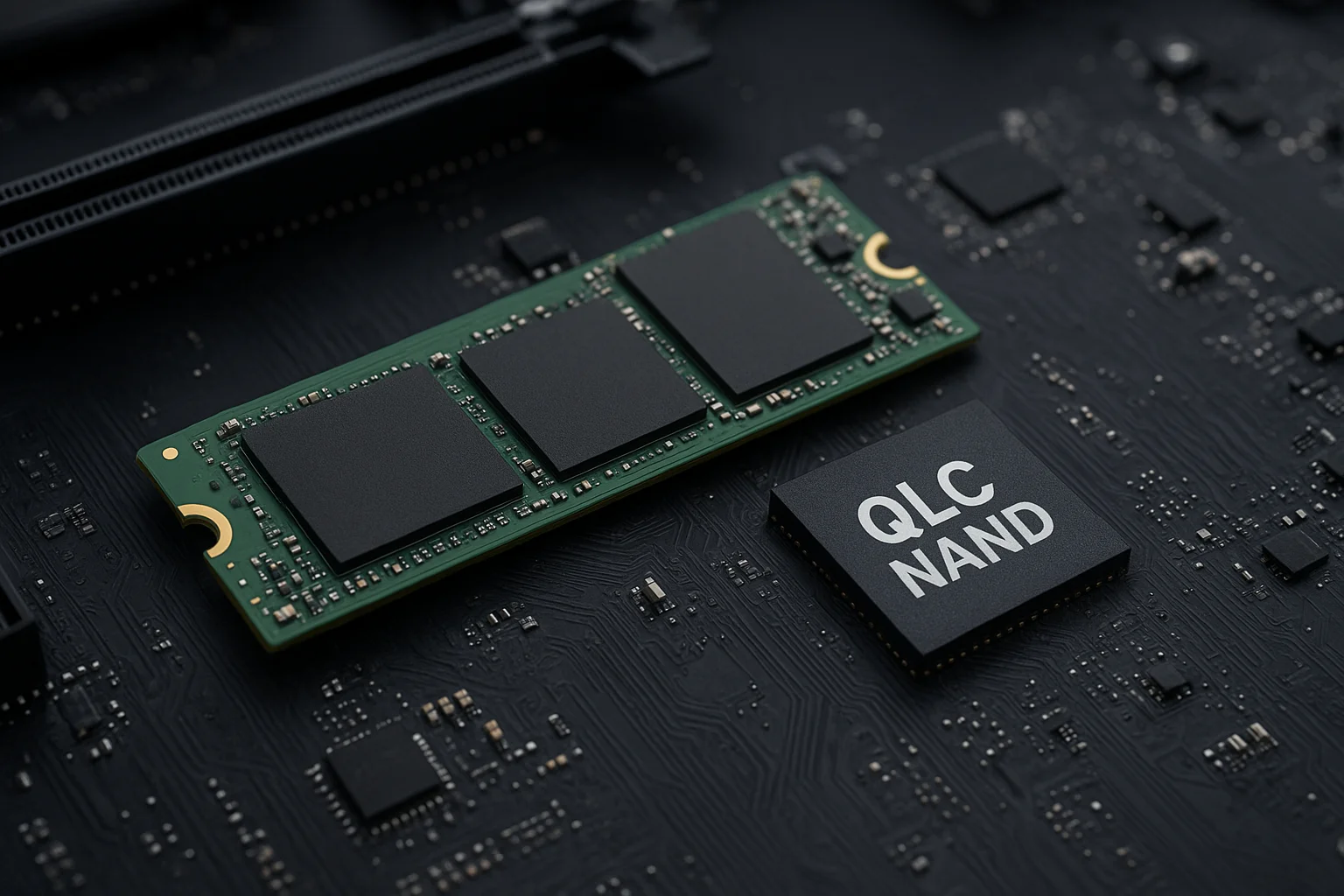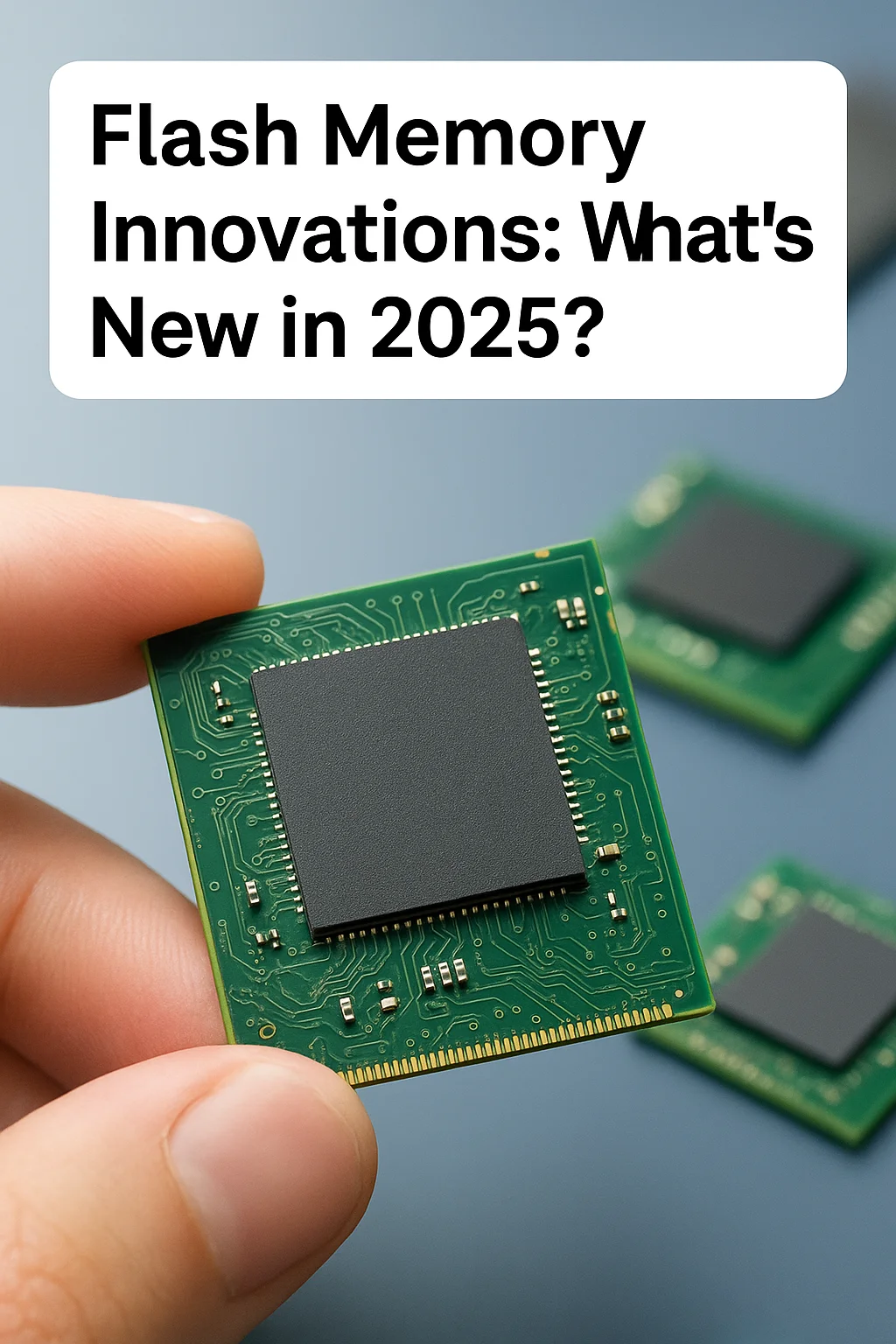PCIe 5.0: Breaking Bandwidth Barriers
PCIe 5.0 represents a clear step-change in raw interface capability compared with previous generations. At the system level, the most visible improvement is doubled per-lane bandwidth versus PCIe 4.0, which translates into significantly higher sequential throughput for NVMe storage devices. For practitioners and architects this means you can move larger datasets faster - but the benefit is practical only when both the drive controller and the host platform can sustain higher rates.
Important operational implications include host-side bottlenecks and the need for end-to-end tuning. A server with PCIe 5.0 slots must also provide sufficient CPU, memory bandwidth, and cooling to realize the new potential. In many deployments the limiting factor becomes the drive controller's ability to parallelize requests and the system's ability to feed those requests.
Practical steps to leverage PCIe 5.0 today:
- Verify platform support - check CPU/chipset documentation for native PCIe 5.0 lanes.
- Choose drives with controllers advertised as PCIe 5.0 native rather than relying on adapters or bridge chips.
- Plan thermal solutions - higher throughput often means higher sustained power and heat.
- Benchmark real-world workloads - synthetic sequential numbers exaggerate benefits for mixed/random I/O.
When PCIe 5.0 matters
Use cases that typically benefit the most are large-scale video editing and rendering, high-performance databases with sequential replication needs, and NVMe fabrics where link-level throughput directly reduces transfer windows. For small-block random workloads, improvements depend heavily on IOPS scaling inside the controller and the host queue depth configuration.
QLC NAND: Bigger Capacity, New Challenges
Quad-Level Cell (QLC) NAND squeezes four bits per cell, enabling higher raw capacity at a lower cost per gigabyte compared with TLC or MLC. For storage designers and buyers this is attractive for cold storage, large-capacity consumer SSDs, and some read-heavy enterprise tiers. However, QLC introduces trade-offs: reduced endurance, increased program/erase variability, and potentially longer background maintenance windows for error correction and wear-leveling.
To use QLC effectively, consider these practical recommendations:
- Assign QLC to data tiers with predominantly read operations or predictable write patterns - e.g., archival snapshots, media storage.
- Use overprovisioning and firmware features that hide QLC limitations - look for drives with robust SLC caching and dynamic wear management.
- Monitor drive telemetry - SMART attributes and vendor-specific counters can warn before endurance limits are approached.
Example: a cloud backup service might deploy QLC in capacity nodes that receive infrequent writes but require fast reads during restores. By contrast, database log volumes should remain on higher-endurance media.
Emerging Storage Technologies Shaping Tomorrow
Beyond PCIe 5.0 and QLC NAND, several technologies are maturing and influencing architecture decisions. These include CXL-attached memory-like storage, NVMe/TCP and NVMe over Fabrics optimizations, and new forms of persistent media such as next-generation 3D NAND stacking and non-volatile memory express enhancements. Each technology targets different problems - latency reduction, coherent memory access, or cheaper large-capacity tiers.
Below is a comparative table summarizing how PCIe generation improvements and NAND types align for common characteristics. This helps decide which combination suits a given workload.
| Characteristic | PCIe 4.0 / TLC | PCIe 5.0 / QLC |
|---|---|---|
| Raw bandwidth | Good - adequate for many applications | Excellent - doubles lane throughput |
| Random small-block performance | Typically higher due to mature controllers | Depends - controller and firmware must be optimized |
| Capacity per $ | Moderate | Higher - cost optimized for capacity |
| Endurance | Better - suitable for mixed workloads | Lower - best for read-dominant use |
| Deployment fit | General purpose, transactional systems | Archival, capacity tiers, bulk datasets |
Use the table as a starting point - validate against vendor datasheets and workload-specific benchmarks before making procurement decisions.
How AI and Data-Intensive Workloads Drive Innovation
AI training and inference workloads change storage priorities. Training needs high sustained bandwidth and large datasets staged close to compute - so PCIe 5.0 and NVMe fabrics are attractive for training clusters. Inference tends to need low-latency access to model weights and embeddings, placing emphasis on response-time optimizations and sometimes on-tiered solutions combining RAM, CXL memory, and NVMe.
Practical architecture patterns for AI workloads:
- - Use local NVMe for active dataset shards to minimize network fetches during training.
- - Adopt fast intermediate storage (PCIe 5.0) for prefetch and caching layers, and keep cold datasets on capacity-optimized QLC pools.
- - Evaluate NVMe over Fabrics for multi-node training to preserve high throughput between nodes without sacrificing locality.
These patterns reduce staging times and improve GPU utilization - the direct business benefit is shorter training cycles and lower infrastructure cost per experiment.
Performance vs. Endurance: Finding the Right Balance
Choosing storage is an exercise in trade-offs. Performance-focused media and interfaces (PCIe 5.0, high-end TLC or even DRAM/NVDIMM) cost more per gigabyte but deliver lower latency and longer sustained IOPS. Capacity-focused options (QLC on PCIe 5.0 or earlier) lower cost but require careful placement to avoid premature wear and unpredictable slowdowns.
Concrete decision checklist for system designers:
- Map data by access pattern - hot, warm, cold.
- Assign media based on both throughput and endurance needs - do not place high-write hot logs on QLC.
- Plan for telemetry and automated tiering - use metrics to move data proactively as access patterns change.
- Budget for redundancy and replacement - lower-cost media can increase refresh frequency.
Actionable tip: run a 30-day instrumentation period on representative workloads to capture real I/O distributions. Use those metrics to size SLC cache sizes, set overprovisioning policies, and determine whether the marginal cost of TLC over QLC is justified by reduced operational overhead.
In practice, mixed-systems that pair PCIe 5.0 front-line performance with QLC-backed capacity pools can offer the best of both worlds - if operators accept added complexity in tiering and monitoring. When done right this design delivers high responsiveness for active data and cost efficiency for long-tail storage.






